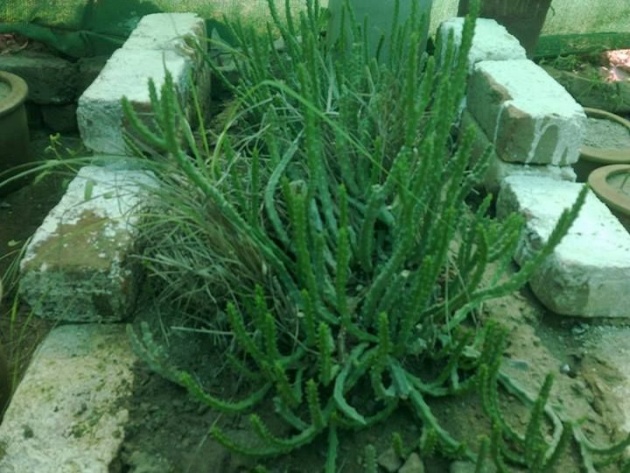Being one of the major sections of this Institute, the Economic Botany Section conducts research on oilseeds (Soybean, Groundnut, Sunflower and Rape seed) and pulses (Mung, Mash, Cow pea and Lentil) crops.
Oilseeds and pulses play a vital role in human diet, as they are the major sources of calories and protein. Pakistan being an agricultural country faces a considerable shortage of edible oil. The edible oil import bill is increasing continuously, causing a huge burden on the country's valuable foreign exchange. During the last two decades edible imports showed an average annual growth rate of 14.3 per cent per annum.
Edible oil share from total import has increased from 3.1 per cent in the fiscal year 2001-01 to 4.2 per cent in the financial year 2007-08. The total demand for palm oil was 3 million tons and the local production was only 0.8 million tons. The rest 2.2 million tons is met through the import of edible oil worth US$ 2.2 billion per year.
Pakistan produces only 30 per cent of its edible oil while the rest 70 per cent is being imported. Canola seems to be the most promising edible crop for domestic consumption.
On the other hand the diet of the majority of population is low in protein as meat and other expensive sources of protein are not affordable. Pulses are an excellent and inexpensive source of plant protein. When taken in combination with wheat, rice, and other cereals, they provide a balanced diet for millions of people. Pulses are known as “poor man’s meat” in the developing world, while in the developed world they are perceived as “health food”. Being leguminous, they maintain soil fertility by converting and fixing atmospheric nitrogen in available form through symbiosis with rhizobial strains. Therefore, the Economic Botany Section is mandated to:
1 Develop promising varieties and production technology of oilseeds.
2 Develop promising varieties and production technology of pulses.
3 Production of quality seed of oilseeds and pulses.
Yield level of oilseed and pulses on farmers’ field is low due to the following reasons.
1 Planting of low yielding varieties.
2 Lack of improved production technology.
3 Non-availability of quality seed of improved crop varieties.
Keeping the importance of these crops in the area, the section is trying to adjust these crops judiciously in the present cropping pattern of the area by conducting experiments on various aspects like introduction and selection of new promising types, planting time, rate and method. Soybean can be grown as inter crop in young orchards to have income from the otherwise wasteland and improve fertility status of the soil and saving the amount spent on costly chemical fertilizers. Similarly, groundnut can be grown as a relay crop with Wheat in barani areas. Like wise sunflower can be grown two times a year in the irrigated areas. Mung and mash are suitable for sandy soil with less water. Therefore, the section devised experiments on various aspects of oilseed and pulses crops as an endeavour to fulfil the mandated task and put forward recommendations to farmers of the area.



